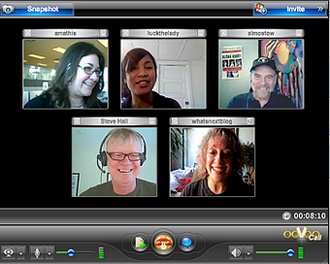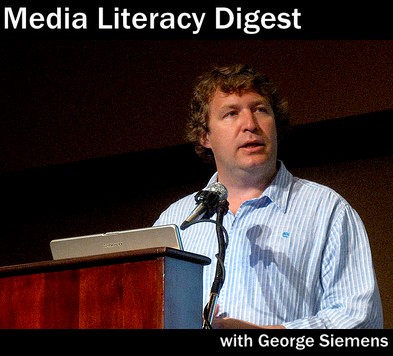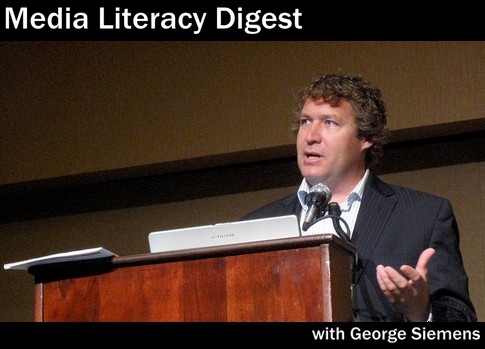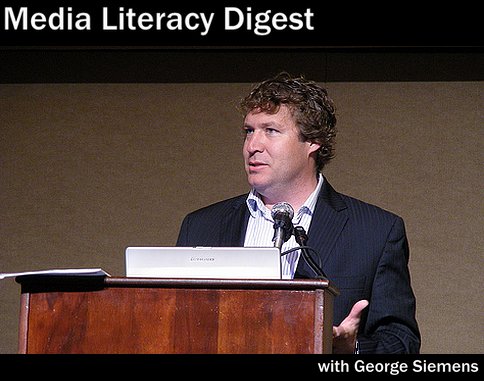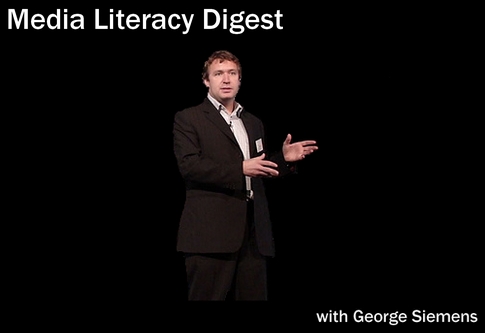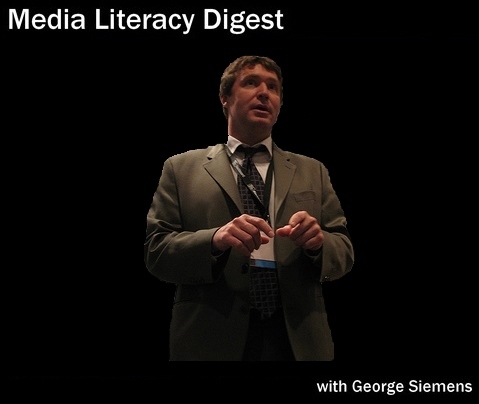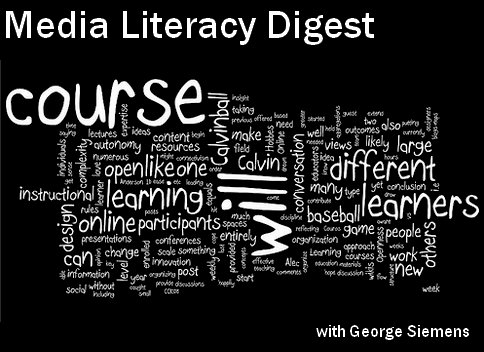"Top 10" Revelations, Ideas, and Things I have Learned
"Top 10" Revelations, Ideas, and Things I have Learned 1. How the brain works while watching advertisements and the different parts of the brain that are affected is very interesting. The limbic part of the brain that is our emotions and feeling is highly targeted in media. As well, as the reptilian part of the brain that targets the fight or flight processes that humans have. When we show ads to our students slow them down and talk about the different frames, music, images and words that pop up on the screen. The brain can only track eight frames per second and TV shows 30 frames per second. Teach students to ask questions about the media. Just do not watch the commercial or see the advertisement by analysis it. 2. Eight trends in our 21 century media culture shows us that the media is always changing. From words to image (Epistemological), from analog to digital, from mass media to personal, from discrete to convergence, from regulated to deregulation, from commercialisms to corporate, from objective to subjective, from privacy to surveillance.Deregulations and corporations are the driving forces of or media today. Free market to children today with more than 40 billion ads. Before 1984 there were only 4.2 billion ads marketed to children. The goal is to hook children into products and have them for life. ( Brand Loyalty) “You are what you have, you are what you buy, you are what you own”, if you do not have it you are know one. That is pretty much our philosophy today with people. It is shallow. It is about me attitude in our culture today. We are super consumers and will consume more than anyone else. 3. Media education is about access, analyze, evaluate, and produce. Questioning Media: Seven Basic Principles of Media Education will be a great teaching tool to help students evaluate ads. We need to be knowledgeable, and skilled to deconstruct and analyze production techniques. We need to be a media activism. That means we need t teach students to question, teach write, support, volunteer, seek out, produce, establish, host and affiliate. The seven basic principles of media education are keys when deconstructing and analyzing media. Teach students see ask, “what stories are not being told and why?” 4. I will be using the handout, developing a Media Education Language: from Persuasive Techniques to Analytical Tools,with my students when deconstructing and analyzing ads. I like the idea of having a poster hanging in the classroom representing each technique. This will be a great media education assignment for my middle school students. These posters will be a stimulus for critical reflection and also a reminder as they hang in the classroom where students will be able to see them on a daily bases. 5. I plan to use some of the media activities from the 18 Easy and Fun Media Activities from ACME as I teach my different units.I will be adding media education into my drug and alcohol unit, nutrition and fitness unit, and body image unit. Some of the activities that will work well with middle school students will be; print ad dissection, live radio spot, media and me journal, and feeling media’s mojo. 6. I learned a new term this week that is differently a 21st century term; ambient awareness. Facebook, MySpace, Twitter and blogging are all social networks that have brought about opening conversations around the world. I have not experienced a lot of use with Facebook, Tweeter and blogging but now feel I will be trying to use these mediums more as I have learned more about them from the course. You do need to have time and interest to get on the computer (or cell phone for some people) to take advantage of these wonderful new of ways of communication. But, I am a lot like Suzie and would rather be doing something active. I do have more confidence in technology after taking this course and I am excited to try new things, such as blogging more, using Twitter to form interest groups and Facebook to keep in touch with friends. 7. The books FEED was interesting. I found FEED hard to read at first, but as I got into to it I found it very interesting. How could the author know that this is how we are living today? It is so true that corporate marketers and government agenciesdo have a huge influence on how we live our lives. So much of our life focuses around the internet and television. We do live in a corporate and media dominated culture. We are bombarded today with what the corporate world wants us to know. FEED really shows us how media really attacks teens. 8. Neil Postman’s book, Amusing Ourselves to Death, opened up my eyes to television and the media and showed me how the electronic media is reshaping our culture. TV is turning all public life (religion, politics, education) into entertainment.Image is undermining other forms of communication, particularly the written word. Our media environment is vastly different now than it was in 1985. Multitasking is standard today. We spend many hours using “screen time”, and that involves computers, cell phones and TV sometime all at the same time. Today, teachers are not considered good if they do not entertain their class. Students do not want to read today. We live in a world today much different than in the past. We read shorter stories, have fewer face to face conversations and spend more time in a media saturated world that influences our every step. 9. I learned how to video tape and put together a short video clip.I have never done anything like that before. I liked visiting Channel 17 and experience what it takes to put together a video clip. It was interesting watching the dotcom people get so involved in using the equipment. Creating our video clip in class was fun. David was great in showing me how to add audio, graphics and edit. It was fun using the video cameras and shooting shots around Best Buy and Majestic Theater. I feel that I can know down load some clips, graphics and music to my computer. I only have my students for such a short period of time and so much to do that I do not think I will be able to do any video production with them. 10. The five afternoon video were all very interesting. Consuming Kids was great. It would be a great video to show parents.Mickey Mouse Monopoly video showed The Mirror Project and how images of females and males are stereotyped. High school age students could benefits from watching this video.Wednesday’s videos where interesting and made me see how to watch the news in a whole new way. I will definitely be questioning the news from now on. Toxic Sludge is Good for You, showed how corporations are unregulated. I did not likeReal Bad Arab. It was a very difficult show to watch because I have trouble with violence and refuse to watch anything that shows guns. I understand the point behind the video and totally agree that Arabs are stereotyped in one way. Overall, the class was great and I learned many media education techniques to teach my middle school students. Three “still to do “items I plan to do to move forward with teaching media education with my middle school students are: 1. Create poster using the persuasive techniques to hang around classroom. 2. Have students bring in magazine advertisements and dissect them using the general principles and persuasive techniques as a guide. 3. Have students keep a media and me journal for a day.Discuss how many minutes they spend using different media and how does it affect their life.DAY, JULY 16, 2009







